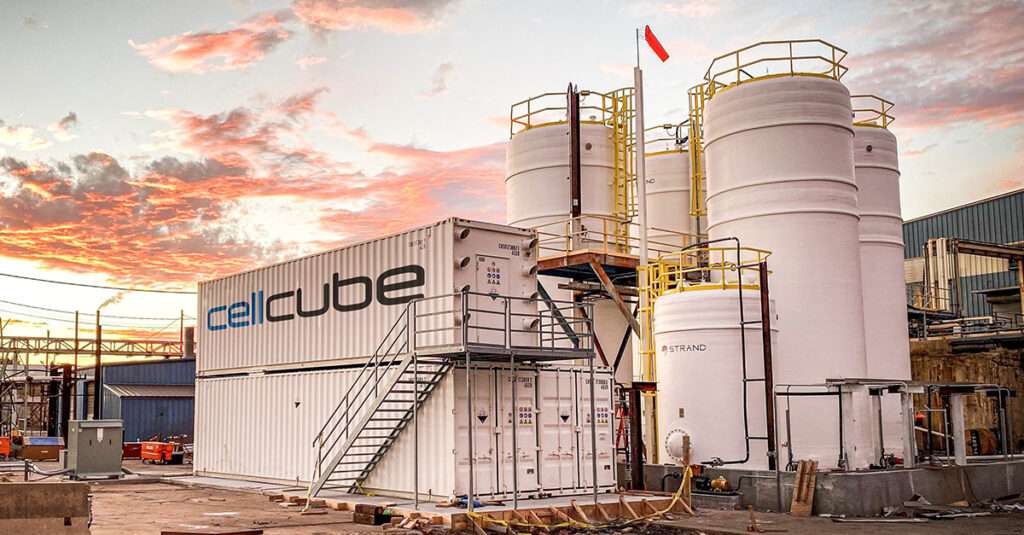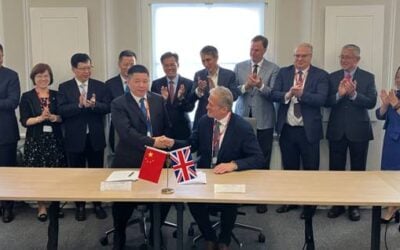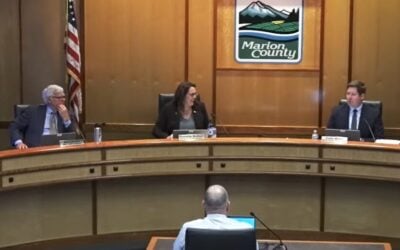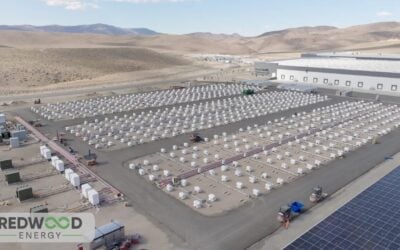
Vanadium redox flow battery (VRFB) supplier CellCube has agreed a five-year, three-million litre/year bulk electrolyte supply deal with producer US Vanadium, while long-duration peer Redflow’s zinc-bromine flow batteries will be tested by global safety certification company Underwriters Laboratories Inc (UL).
CellCube and US Vanadium quintuple agreement size
Following on from their first partnership announced late last year, Cellcube and US Vanadium’s long-term supply assurance deal sees the latter commit to selling up to three million litres of vanadium electrolyte a year for the next five years to CellCube.
Enjoy 12 months of exclusive analysis
- Regular insight and analysis of the industry’s biggest developments
- In-depth interviews with the industry’s leading figures
- Annual digital subscription to the PV Tech Power journal
- Discounts on Solar Media’s portfolio of events, in-person and virtual
The deal includes a price cap and expands on the previous agreement which totalled up to 580,000 litres a year. It appears to potentially account for the bulk of the Hot Springs facility’s output which US Vanadium says is ‘more than 4 million litres per year’.
CellCube says that the deal has been done to secure future business in an increasingly challenging supply market. Long-duration battery sources at Energy Storage Summit 2022 last week told Energy-storage.news that vanadium was suffering ‘different but still challenging’ supply constraints to those faced by lithium-ion.
“This agreement reflects today’s rapidly accelerating growth of the vanadium redox flow battery industry and of US Vanadium’s ability to supply VRFB manufacturers with ‘Made-in-America’ ultra-high-purity electrolyte,” added US Vanadium CEO Mark A. Smith.
Both companies say the demand for vanadium batteries has been booming, especially thanks to the growing microgrid market segment. The long-duration technology is being used at microgrids around the world including, most recently, a microgrid trial by utility SDG&E in California and a South African mine.
California is a hot-bed of activity with 226MWh of vanadium flow battery sites on the way from one energy supplier alone.
US Vanadium claims that alongside producing new electrolyte, it can recycle spent electrolyte at a 97% vanadium recovery rate.
Leading battery storage certificate provider to test Redflow’s zinc-bromine battery
Meanwhile, UL will undertake a test programme with Australian company Redflow to “…understand key technical attributes of redox flow batteries, study their cycle life and ageing properties and to understand how the batteries behave under off-nominal conditions of overcharge, over-discharge and external short-circuit conditions,” Redflow said.
The test programme on six acquired Redflow batteries started in January and will run for a ‘number of months’. The company says the research will enhance the knowledge base around the battery technology and allow interested parties to better compare zinc-bromine with other battery chemistries.
Underwriters Laboratories is the developer and publisher of the UL 9540 product safety standard for energy storage systemes (ESS) and UL 9540A, a large scale fire test for battery energy storage systems (BESS). Both are industry standard certifications for energy storage today, alongside NFPA 855 from the National Fire Protection Association which is designed to mitigate fire hazards.
Redflow, which has been listed on the Australian Securities Exchange Ltd (ASX) since May 2018, has also found the microgrid and off-grid markets fertile ground for its products.
It completed its largest order to-date in December with a waste-to-energy facility in California for 2MWh of battery systems. And its solution for remote telecoms infrastructure has been snapped up in South Africa, New Zealand and Australia.






